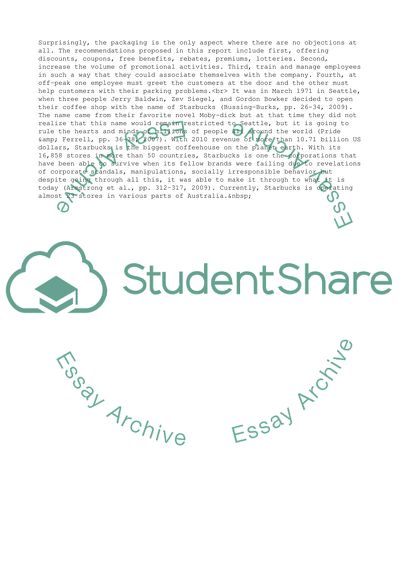Cite this document
(A Service Experience for Local Consumers: Starbucks Term Paper - 1, n.d.)
A Service Experience for Local Consumers: Starbucks Term Paper - 1. Retrieved from https://studentshare.org/business/1748154-business-report-on-a-service-experience-for-local-consumers
A Service Experience for Local Consumers: Starbucks Term Paper - 1. Retrieved from https://studentshare.org/business/1748154-business-report-on-a-service-experience-for-local-consumers
(A Service Experience for Local Consumers: Starbucks Term Paper - 1)
A Service Experience for Local Consumers: Starbucks Term Paper - 1. https://studentshare.org/business/1748154-business-report-on-a-service-experience-for-local-consumers.
A Service Experience for Local Consumers: Starbucks Term Paper - 1. https://studentshare.org/business/1748154-business-report-on-a-service-experience-for-local-consumers.
“A Service Experience for Local Consumers: Starbucks Term Paper - 1”, n.d. https://studentshare.org/business/1748154-business-report-on-a-service-experience-for-local-consumers.


